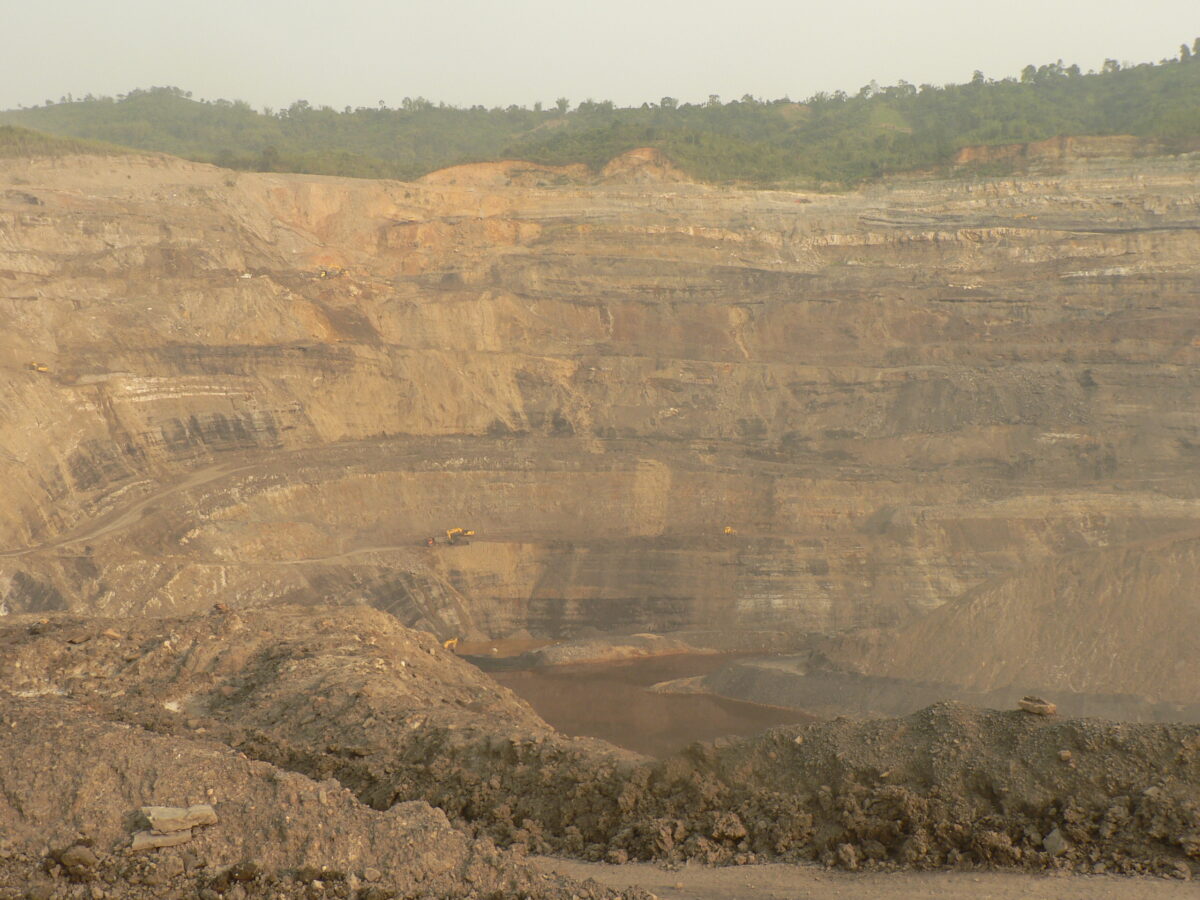Using idle open-cast coal mines for pumped hydropower storage of solar power is financially feasible, new research from India is suggesting.
In the study “Feasibility study of solar photovoltaic/grid-connected hybrid renewable energy system with pumped storage hydropower system using abandoned open cast coal mine: A case study in India,” published in the Journal of Energy Storage, researchers from the Sardar Vallabhbhai National Institute of Technology investigated the business case of a similar approach for a mine located on the bank of India’s Godavari River, in the Karimnagar district.
“Our work is mainly concerned with pre-feasibility study,” corresponding author, Ambati Bhimaraju, told pv magazine. “The cost of the system is estimated based on some reference journals.” The use of abandoned mines for such mechanical storage is not new, but the novelty of the research is its use of an open-cast coal mine, which is essentially an enormous crater.
The system described in the study is based on a classic pumped hydro storage system, in which surplus energy created by the PV is used instead to pump water from a lower reservoir to a higher one, that in turn uses a hydropower turbine to create energy in times of low solar power generation or at night.
The proposed system configuration considers the river as the upper reservoir, which they say results in considerable savings on construction costs. The researchers assessed the cost of such a project at $188 million, where $91 million is invested in the solar plant and $85 million is devoted to the pumped storage hydro-power plant (PSHP).
The solar plant is assumed to have a maximum capacity of 50 MW and to devote around one-fourth of the energy it generates to the pumped hydro station.
According to the calculation of the scientists, the levelized cost of energy (LCOE) of this project in India may be $0.2693/kWh. They also considered unexpected changes and said that in the case of a 10% solar panel outage, the LCOE rises by 19% to $0.320/kWh. In the case of a 10% increase in CapEx, the LCOE is adjusted to $0.3177/kWh, while in the case of a 10% reduction in CapEx, the price drops to $0.2491/kWh.
“The positive net present value (NPV) of 16.408 million USD indicates that the system is economically viable, making the proposed project financially feasible in the chosen case study location,” the paper notes. “PV-PSHP system is a feasible and scalable solution for fulfilling future electrical needs at a selected site, and the suggested method in this work successfully executed the considerable cost-effective solution.”
This content is protected by copyright and may not be reused. If you want to cooperate with us and would like to reuse some of our content, please contact: editors@pv-magazine.com.



Doomed to multiple environmental problems with leached contaminates from the coal and overburden from the mine pit ending up back into the river system.